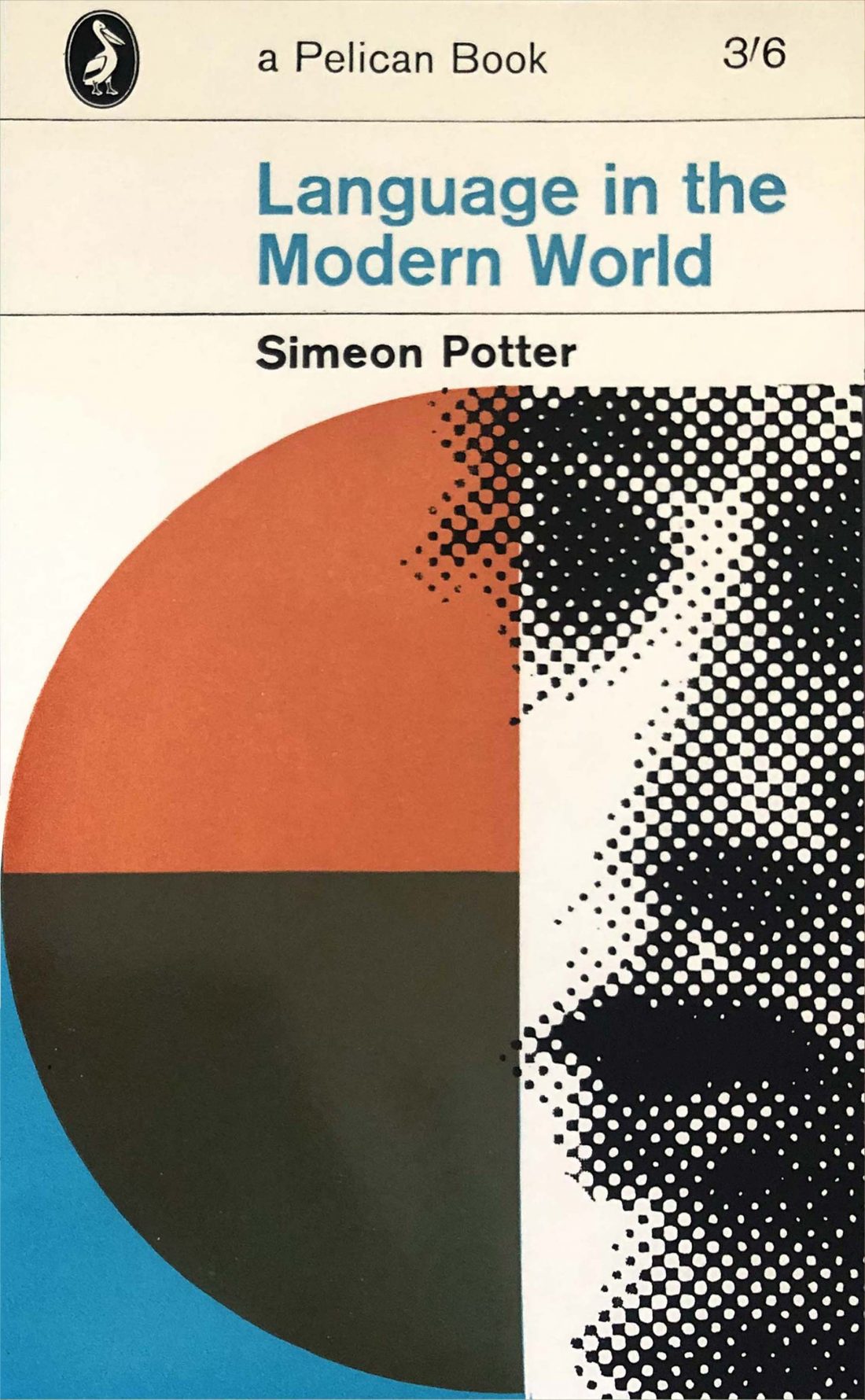Pelican Books was established in May 1937 as a non-fiction imprint of Penguin to publish low-cost paperbacks on wide-ranging intellectual subjects for a mass audience. Penguin co-founder Allen Lane defined his publishing venture: “We… believed in the existence in this country of a vast reading public for intelligent books at a low price, and staked everything on it.” Pelican lowered the traditional barriers to knowledge by selling academic but accessible books at the cost of a packet of cigarettes. Defined by a distinctive light blue cover coding, and written by leading experts, these books became especially popular among the self-educating post-war generation.
“Who would have imagined that, even at 6d, there was a thirsty public anxious to buy thousands of copies of books on science, sociology, economics, archaeology, astronomy and other equally serious subjects? ” Allen Lane
Romek Marber was first commissioned by Penguin to design Pelican covers for two books by Simeon Potter, Language in the Modern World and Our Language, in 1961. (Lane understood the importance of branding and his famous dictum: “Good design is no more expensive than bad” ensured that his publishing empire democratised not only quality books but quality design. Keen to make his books commercially and aesthetically appealing and sensing the need for a new approach, in 1960 Allen had brought in Tony Godwin as editor, who recruited designer Germano Facetti to spearhead the change.) This led to the request by Penguin art director Germano Facetti (like Romek, a concentration camp survivor) for Romek to redesign the Penguin Crime series cover grid. Later, the Marber Grid was adopted for other Penguin series, as well as for Pelican books and Marber’s original Potter cover designs were used on the revised reissues. In addition to the Potter covers, from 1961 onwards, Romek was also commissioned to create a number of new designs for Pelican and Peregrine – another Penguin imprint, launched in January 1962, which had a more scholarly content.





































